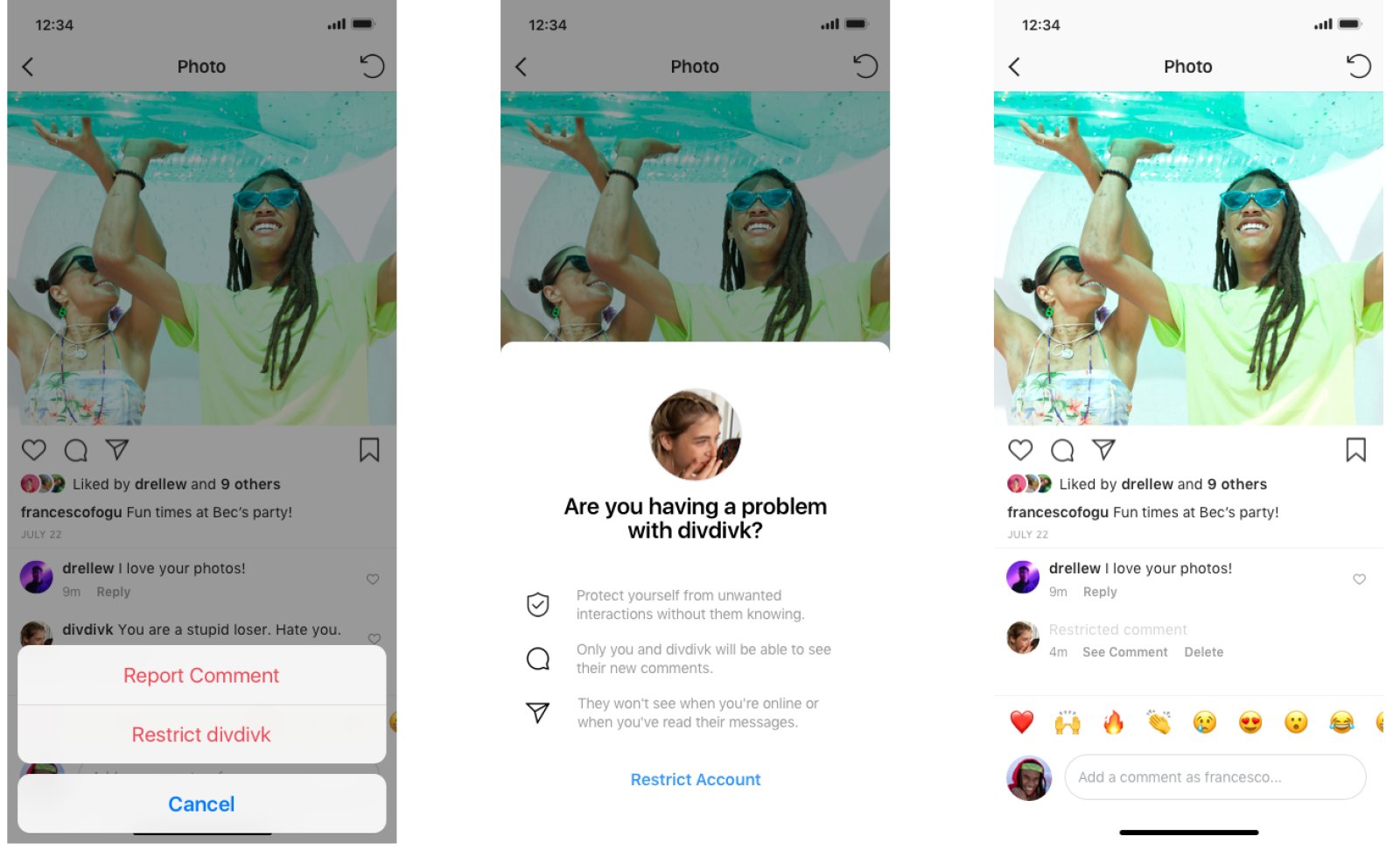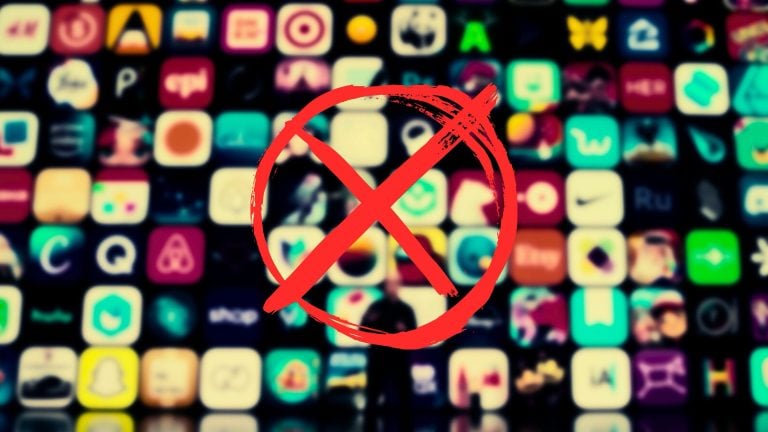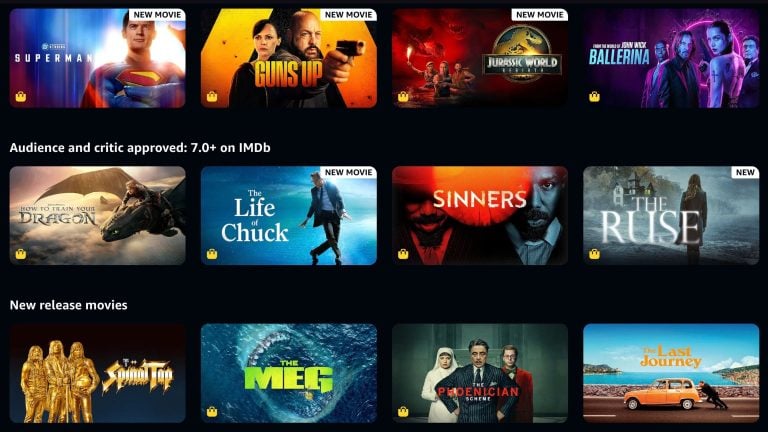Instagram says that online harassment has always been a huge problem inherent to social networks and, with the purpose to fight it, the company has just released its latest tool called Restrict – which, after a brief period of testing, is now ready to go and is available to all users.
This tool has one goal, according to Instagram; avoiding “unwanted interactions”. It’s important to note that this feature is not the same as blocking or reporting a user; there are key differences that will be explained here.
As Instagram puts it, this is an “anti-bullying” tool – more discrete than the previous options; which, according to Instagram, may come handy for those users who do not wish to report negative comments or followers due to “fear of retaliation”.
There are several ways to Restrict a user. Instagrammers can do so by swiping left on a comment and choosing “Restrict” instead of “Report Comment”. Users can also opt to Restrict someone directly on their profile page or from Instagram’s privacy tab.

Instagram thinks the advantage that this tool offers over the other options, is that the person you restricted won’t know what is happening, acting as what is commonly referred to as a shadowban.
The move is part of a range of new tools that are supposed to be designed to combat “harassment” on the platform – with some of Instagram’s features deigned to suppress “bullying” even before it starts.
From Reclaim The Net:
A somewhat Orwellian-sounding concept, namely, “stopping harassment before it even starts,” is among the measures now being tested, Head of Instagram Adam Mosseri has revealed.
Judging by the announcement, “the platform would notice” that its user is “about to leave a negative comment” – warn them about the error of their ways, and encourage them to reconsider. The feature seems correctional in nature, as the comments won’t be blocked.
This doesn’t go into how “the platform” would be able to make this judgment call, place content it in a proper context, and recognize it as bullying – or how the feature would be implemented on the technical side. However, it seems likely to be drawing on Facebook’s long-standing practice of sending even unpublished status updates to its servers, where data is picked through for items of interest to the company.








